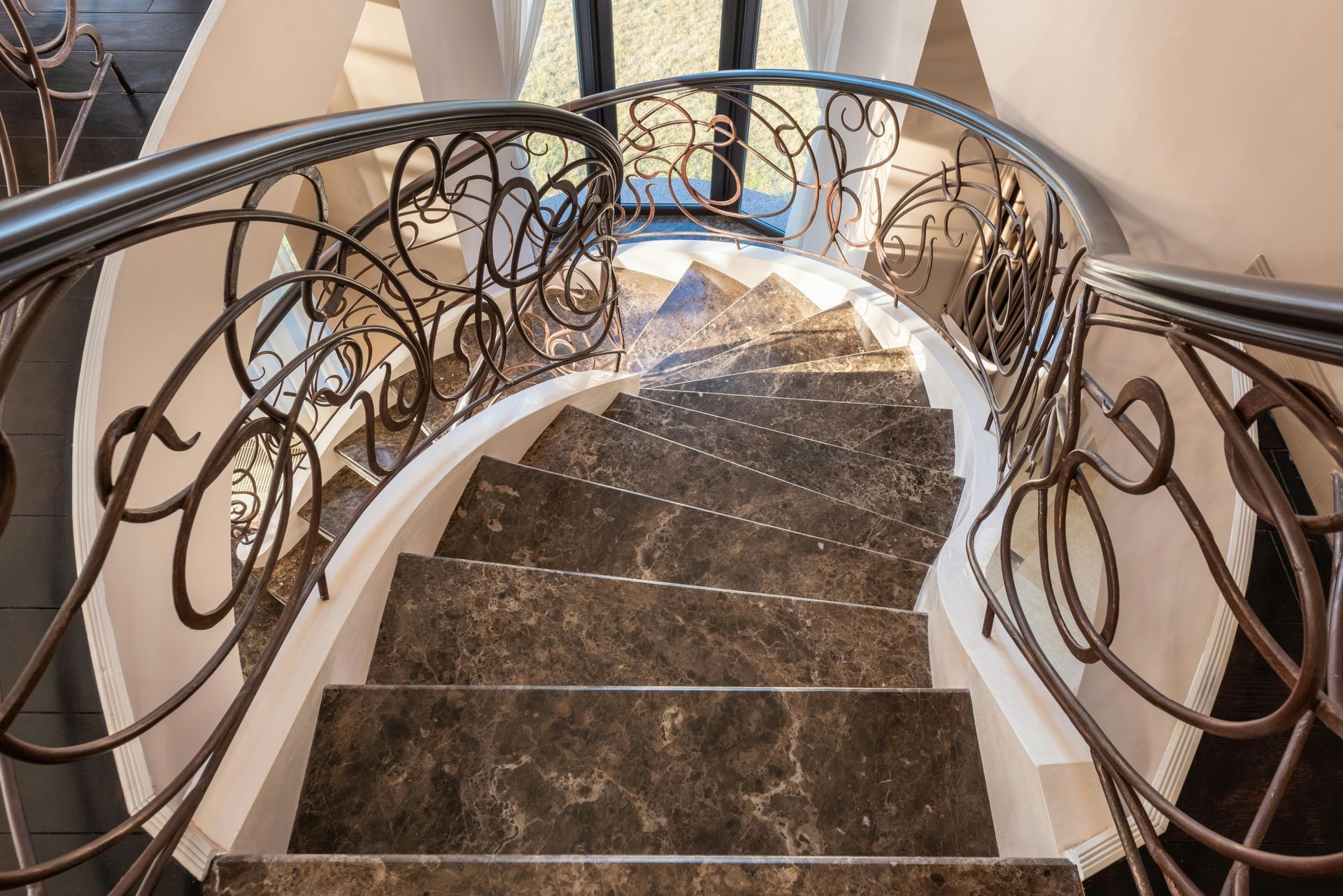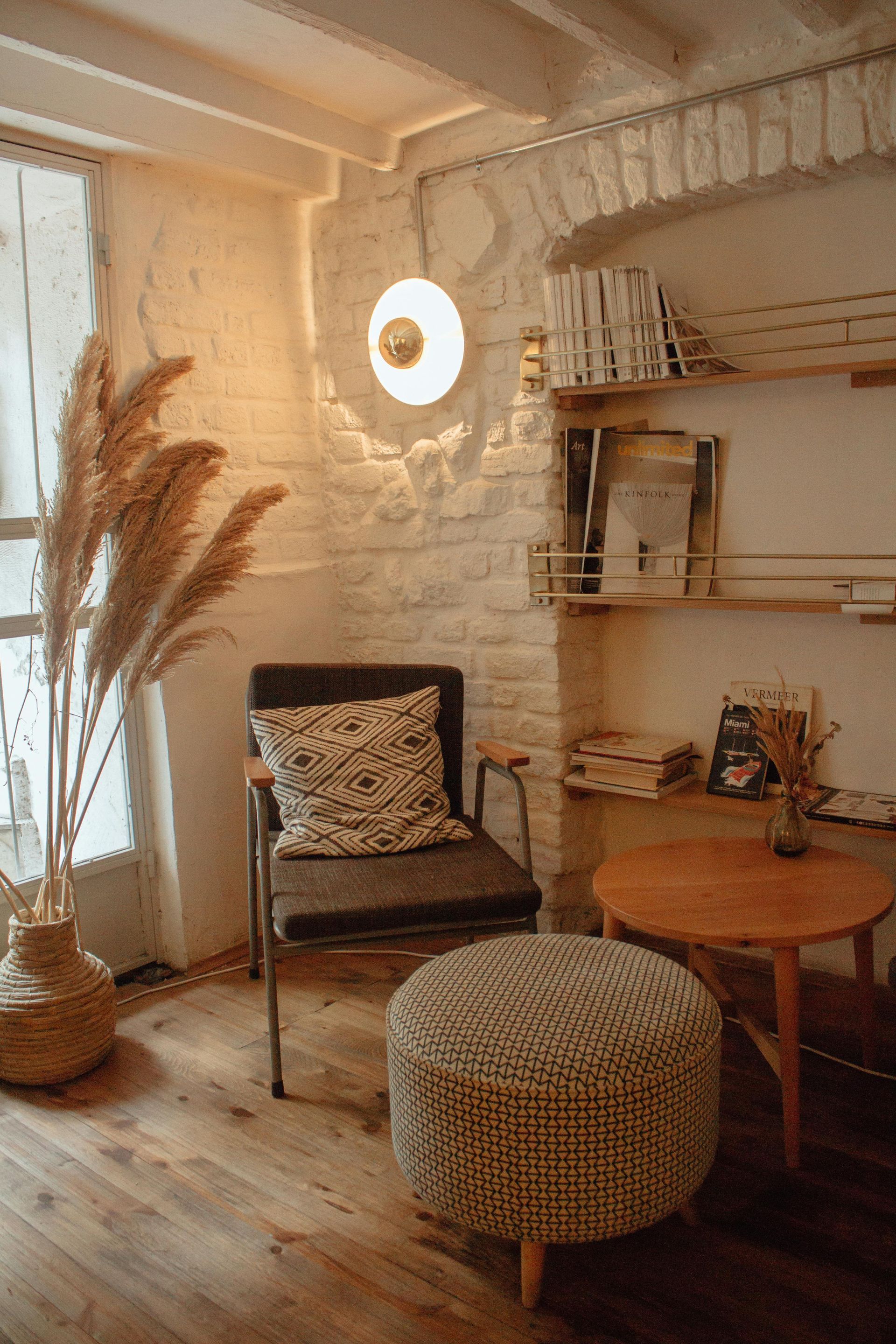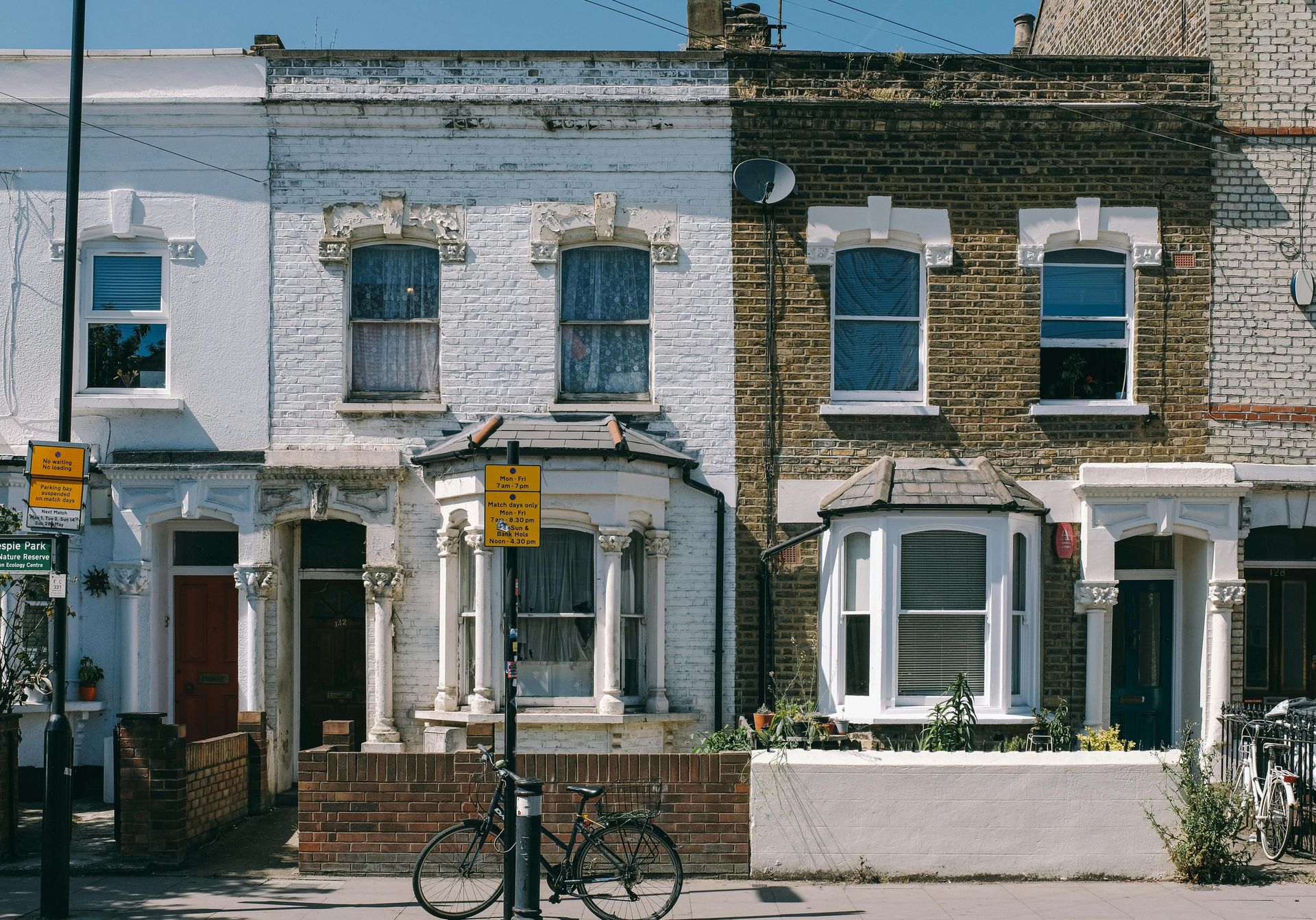Commercial Property Mortgages in 2025: What You Need to Know
A Practical Guide for Investors, Business Owners, and Developers This Year.
Whether you’re planning to buy a shopfront, office space, warehouse, or mixed-use development, commercial mortgages remain one of the most effective ways to finance non-residential property.
But in 2025, the landscape has shifted—with lenders becoming more selective and underwriting becoming more rigorous. This guide walks you through what’s changed, what lenders expect, and how to prepare.
What Is a Commercial Mortgage?
A commercial mortgage is a loan secured against property that’s used for business or investment purposes. Unlike residential mortgages, these are often:
- Individually assessed (not off-the-shelf products)
- Higher value and longer term
- Subject to bespoke underwriting based on income, yield, or business health
Commercial mortgages can be used to:
- Purchase business premises
- Acquire investment property (e.g. offices, retail, industrial units)
- Refinance existing commercial property or portfolios
- Fund property development projects
Types of Commercial Property Mortgages
🧱
Owner-Occupied
Used when the borrower operates their own business from the property. Lenders assess trading performance, business viability, and personal credit.
🏢
Commercial Investment
Used for properties being rented out to other businesses. Lenders evaluate lease agreements, rental income, and property value.
🏗️
Semi-Commercial
Includes residential and commercial elements (e.g. flats above shops). These require specialist lenders comfortable with mixed-use lending.
What’s New in 2025?
📉
Higher Deposit Requirements
Most lenders now require
25–40% deposits, especially for niche or high-risk sectors.
📋
Stricter Tenant Vetting
If you’re buying as an investor, expect scrutiny over tenant strength, lease length, and break clauses.
📊
Greater Emphasis on Experience
First-time investors may face limited options or be asked to work with brokers or joint partners to secure finance.
♻️
Green Building Standards Matter
Energy performance ratings and sustainability credentials are affecting valuations and lending appetite.
Key Considerations Before Applying
- Loan-to-Value (LTV): Typically up to 75% depending on property type
- Interest Rates: Usually higher than residential mortgages—often 5%–9% depending on risk
- Term: 5–25 years (sometimes shorter for investment finance)
- Repayment Type: Often capital & interest, but interest-only may be available
- Fees: Arrangement fees (1–2%), valuation fees, legal costs, and possibly exit fees
Documentation You’ll Need
🧾 For Owner-Occupiers:
- 2–3 years’ business accounts
- Director's personal income records
- Business plan (for new ventures)
🏘️ For Investors:
- Lease agreements
- Rent schedules and tenant profiles
- Property valuation and condition report
Alternatives to Traditional Commercial Mortgages
If your project is time-sensitive or complex, consider:
- Bridging finance for fast purchases or auction deals
- Development finance for ground-up construction or major refurb
- Asset-backed lending using other security (property, vehicles, equipment)
Final Thought
Commercial property mortgages are still very much accessible in 2025—but they require preparation, strong documentation, and often specialist support. Whether you’re buying premises for your business or expanding your investment portfolio, the right advice can make all the difference in accessing competitive terms and structuring the deal properly.
📞 Want Help Navigating Today’s Market?
Book a free strategy call with one of our mortgage specialists.
We’ll help you find the smartest way forward—whatever rates do next.
Important: Your home or property may be repossessed if you do not keep up repayments on a mortgage or any other loan secured against it. Think carefully before securing other debts against your home. Some buy-to-let, commercial, and bridging loans are not regulated by the Financial Conduct Authority. Equity release may involve a lifetime mortgage or home reversion plan—ask for a personalised illustration to understand the features and risks. The content of this article is for general information only and does not constitute financial or legal advice. Please seek advice tailored to your individual circumstances before making any decisions.










